Table of Contents
https://mahoba.nic.in/about-district/
Unveiling the Mystique of Mahoba – An Offbeat Gem in Uttar Pradesh
Uttar Pradesh, renowned for its opulent cultural legacy and historical eminence, often casts a shadow over the concealed gems nestled within its vast expanse. Among these enigmatic treasures, Mahoba emerges with pride, a city deeply entrenched in the heart of the Bundelkhand region.
In this narrative, we embark on a poetic expedition, immersing ourselves in the mesmerizing grandeur and historical wonders that define Mahoba’s essence.
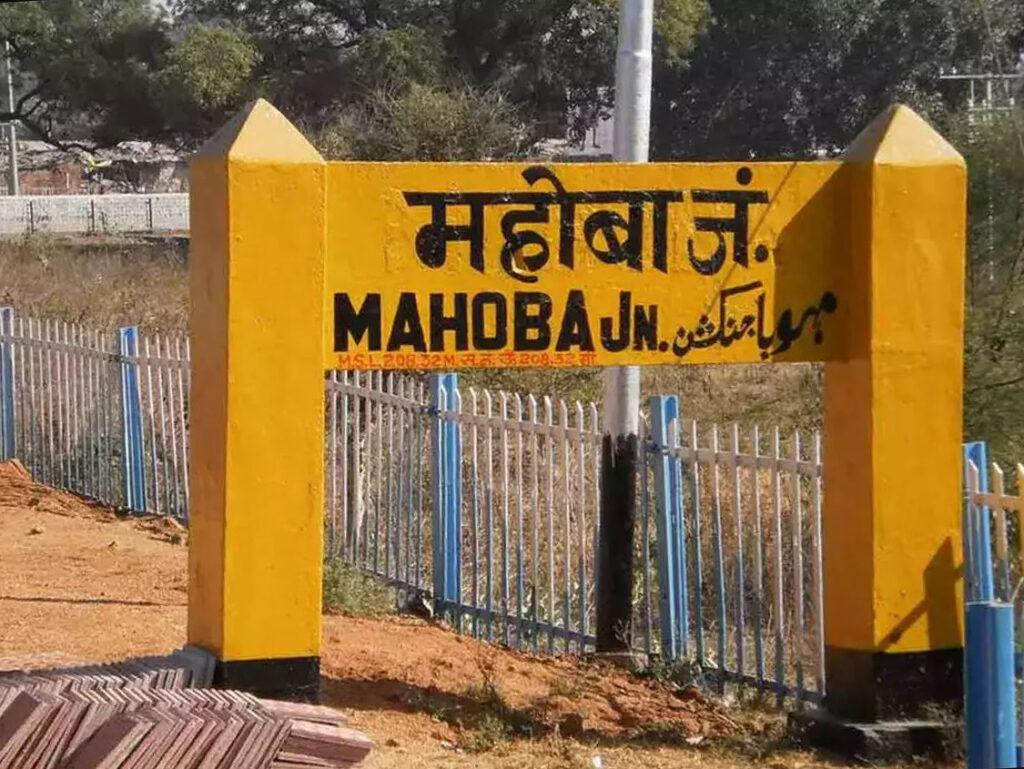
Mahoba, a city of historical significance, possesses a unique allure that beckons explorers to unearth its hidden treasures. From its ancient architectural marvels to the mystical aura that pervades its landscape, it is a testament to the richness of India’s heritage.
We navigate through its storied past, discovering the intricate carvings of the ninth-century Sun Temple, the solemn beauty of the rock-cut Jain tirthankara images on Gokhar hill, and the profound connections to neighboring historic sites like Khajuraho, Lavkushnagar, Kulpahar, Charkhari, Kalinjar, Orchha, and Jhansi.
As we delve into this sub-article, the lyrical narrative invites readers to embrace Mahoba’s culture, history, and natural splendor. It is a city that encapsulates the mystique of Uttar Pradesh, offering a hidden world of beauty, heritage, and awe-inspiring experiences waiting to be discovered.
Historical Tapestry
In the annals of time, Mahoba’s historical roots trace back to the illustrious ninth century. It rose to prominence with the creation of the breathtaking Sun temple, an architectural masterpiece that stands as a testament to the magnificent Pratihara style.
This celestial structure still enchants visitors today with its intricate carvings and enduring grandeur, transporting them to an era of unparalleled artistry. But Mahoba’s historical significance doesn’t end there.
It proudly embraces a unique heritage, as evidenced by the presence of 24 rock-cut Jain tirthankara images gracing the Gokhar hill. These ancient relics add yet another layer of richness to the region’s already vibrant historical tapestry, underscoring Mahoba’s status as a treasure trove of antiquity and cultural significance.
A Gateway to Culture and Heritage
The allure of Mahoba extends beyond its captivating architectural wonders, encompassing its strategic location in close proximity to a plethora of historical gems. Positioned as a veritable gateway, Mahoba opens the door to illustrious destinations such as Khajuraho, celebrated for its resplendent temples that captivate the senses with their sheer beauty.
Lavkushnagar, a town steeped in mythological significance, beckons travelers to explore its enigmatic past. This region not only boasts access to these prominent sites but also unveils a treasure trove of cultural landmarks.

Kulpahar, Charkhari, Kalinjar, Orchha, and Jhansi, each adorned with its distinct historical narrative and cultural heritage, await eager exploration. These locales transport visitors to bygone eras, where the echoes of history resonate through their ancient walls and hallowed grounds.
In essence, Mahoba serves as a hub for cultural enthusiasts and history aficionados, offering a gateway to a tapestry of experiences that traverse time and heritage. Its strategic location not only grants access to iconic destinations but also ensures that every traveler can immerse themselves in the rich and diverse history of this enchanting region.
Nature’s Embrace
In Mahoba, a unique blend of nature and history weaves a tapestry of unparalleled harmony. This city, nestled within the embrace of its landscape, wears a crown of temples that grace its hills, valleys, and the tranquil shores of picturesque lakes.
These temples, standing as majestic sentinels, bear witness to the awe-inspiring architectural genius of the Chandela kings who orchestrated their construction.It is their remarkable engineering prowess that bestows upon us a treasure trove of cultural heritage, meticulously preserved by the very land that cradles it.
Mahoba’s natural beauty and historical significance converge seamlessly, creating an atmosphere that transcends time itself. The temples, etched with intricate carvings and ancient wisdom, stand as testaments to an era long past.
Here, the past and present coalesce, offering visitors a glimpse into the grandeur of bygone civilizations while fostering a sense of reverence for the enduring legacy of Mahoba. It is a place where the echoes of history resonate through the rustling leaves and rippling waters, inviting all who visit to partake in its rich and harmonious narrative.
Exploring the Wonders of Mahoba


- Shiv Tandav Temple Mahoba: This sanctum, bearing homage to Lord Shiva, stands as an epitome of reverence. Nestled in the Mahoba district, adjacent to the Collectorate Mahoba and the lofty Gorakhgiri or Gukhar Parvat, it shelters a one-of-a-kind idol meticulously sculpted from solid granite. This divine effigy captures Lord Shiva in the midst of his celestial dance, known as the Tandav Mudra, spanning an impressive expanse of 15X14 square feet.
- Khakharamath: To the city’s western expanse, ensconced amidst the ripples of Madan Sagar, lies the enigmatic Khakharamath. As chronicled in the annals of the ‘History of Mahoba,’ this locale once served as the meditative sanctuary of Alha-Udal. Here, colossal stone elephants stand sentinel, while a conspicuous math, resembling a lofty hillock, emerges as a distant sentinel. Accessing this site necessitates traversing a bridge thoughtfully constructed across the serene lake.
- Jain Pilgrimage Sites: Uttar Pradesh boasts several hallowed destinations of profound significance to the Jain faith, and Mahoba stands prominently among them. Annually, a multitude of Jain devotees undertake pilgrimages to this sacred site. The labyrinthine ancient caves of Mahoba emerge as focal points of attraction for pilgrims. Gracing the cityscape are imposing statues dedicated to all 24 Jain Tirthankars, perched upon a hill. Regrettably, some of these subterranean caverns remain inaccessible to the public at present.
- Devi Temple: A local legend shrouds the Devi Temple in mystique, recounting how it used to quiver when touched, only to be later restored through the application of tiles and plaster. The city also houses the venerated Maniya Devi Temple. In close proximity lies Kiritasagar, the very site where Veer Lakhan, during the Kajli War, enshrined a Shiva Linga. To the west, the cityscape unfolds with the Vankhandeshwar Temple and Chakauta Devi Temple, both venerable relics harkening back to the era of Chandela rule.
- Madan Sagar Lake: Madan Sagar Lake reigns supreme as Mahoba’s foremost attraction. This aquatic haven beckons myriad visitors to its ancient temples and monuments that encircle its periphery. In the vicinity of this aquatic jewel, ancient palatial remnants, relics of the Chandela dynasty, lend an air of historical significance. Legend attributes the creation of this lake to Madan Varma Chandela in the year 1129, ultimately bestowing the city with its name. It’s also renowned as an ideal spot for leisurely picnics.
- Charkhari’s Seven Lakes: The Seven Sarokhar Lakes of Charkhari, masterminded by the illustrious Maharaj Malakhan Joo, have rendered this picturesque locale the moniker of ‘Mini Kashmir.’ Situated approximately 18 kilometers from the city’s epicenter, the journey leads to the enchanting lake, encountered just a kilometer shy of Charkhari. The inaugural lake, Gola Talab, finds itself encircled by a sinuous embankment. Rainwater from the township and its hinterlands converges into this azure basin as its maiden destination. From here, the water meanders towards Kothi Talab, christened in homage to the venerable Bhagwan Govardhan’s temple. Further along, Jay Sagar Talab, an excavation attributed to Raja Jay Singh, becomes the conduit to Malakhan Sagar, which in turn feeds into Ratan Sagar, a reservoir attributed to Raja Ratan Singh’s vision. Each lake incorporates a meticulously constructed check dam. Once a lake attains fullness, the water undergoes a thorough purification process via the check dam before being channeled into the succeeding one. Finally, prior to its entry into Ratan Sagar, the water boasts an impressive degree of clarity. Remarkably, even without significant rainfall for a span of four to five years, these seven lakes remain steadfastly replenished, a testament to their meticulous equilibrium in terms of depth and dimensions.
The Sun Temple at Rahila
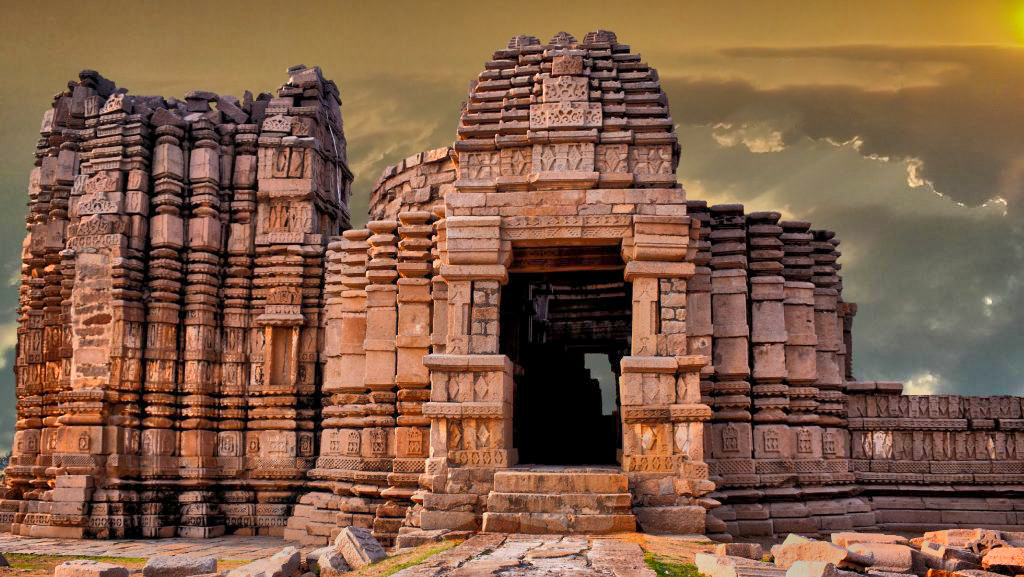
A true marvel nestled within Mahoba is undoubtedly the Sun Temple at Rahila, an architectural wonder that took shape in the ninth century. This remarkable edifice, crafted from enduring granite, serves as an enduring tribute to the profound artistry and unwavering spiritual dedication of its originators.
Those who venture to this sacred site cannot escape the enchantment it exudes, as they find themselves entranced by the temple’s meticulously detailed carvings. These intricate creations serve as a mirror, faithfully reflecting the intricate and culturally rich tapestry that defines the essence of this region.
Visitors are transported back in time as they stand in awe of the Sun Temple’s majestic grandeur, contemplating the immense skill and devotion that birthed such a masterpiece. The temple’s walls bear witness to centuries of history, echoing stories and legends of a bygone era.
It is a testament to human ingenuity and the enduring power of faith, a place where the past seamlessly merges with the present, offering a glimpse into the soul of Mahoba and its profound connection to its heritage.
For more such Offbeat Destinations in Uttar Pradesh, Click here…
Epilogue
In the mystical realm of Mahoba, a captivating fusion of history, culture, and nature weaves an unparalleled tapestry of wonder. This offbeat haven in the heart of Uttar Pradesh beckons travelers with the promise of an extraordinary escape from the mundane clamor of daily life. Within the city’s boundaries, a splendid array of ancient temples and breathtaking natural landscapes await discovery.
As you embark on a journey to Mahoba, prepare to transcend the constraints of time and immerse yourself in a realm where beauty and astonishment reign supreme. This destination promises a profound encounter with history’s poetic whispers and the untamed splendor of the natural world.
Each step you take, it carries you deeper into a narrative where the past seamlessly intertwines with the present, where the architectural marvels of yesteryears coexist harmoniously with pristine lakes and lush valleys. It’s an invitation to lose yourself in the symphony of Mahoba’s history, culture, and nature—a symphony that promises to resonate in your heart long after you’ve left this enchanting corner of Uttar Pradesh.
So, if you crave a journey that transcends the ordinary and immerses you in a world of timeless allure, make Mahoba a prominent feature in your travel itinerary. Here, the hidden treasures of a mystical city await, inviting you to savor the poetry of its history and the splendor of its natural wonders.
Frequently Asked Questions (FAQs):
1. How do I reach Mahoba?
The city is well-connected by railways and state highways, making it easily accessible from various parts of Uttar Pradesh.
2. What is the significance of the Sun Temple at Rahila?

The Sun Temple at Rahila is a historical masterpiece that showcases the architectural brilliance of its time. It holds immense cultural and spiritual significance.
3. Are there accommodation options in Mahoba?
Yes, Mahoba offers a range of accommodation options to suit different budgets, ensuring a comfortable stay for travelers.
4. What are the best times to visit Mahoba?
The best times to visit Mahoba are during the winter months (October to March) when the weather is pleasant for exploring the city and its surroundings.
5. What are the places to visit in Mahoba?
There are many places in Mahoba to visit, I would suggest these as few offbeat destinations in Mahoba: Shiv Tandav Temple Mahoba, Khakharamath, Madan Sagar Lake (Sun Temple), Jain Pilgrimage Sites, Devi Temple, Charkhari’s Seven Lakes.
6. Can I visit other nearby attractions from Mahoba?
Absolutely! Mahoba’s proximity to Khajuraho, Lavkushnagar, and other historic places allows you to explore multiple destinations in one trip.










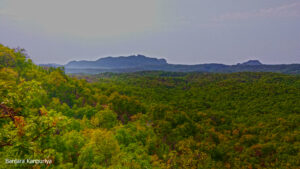
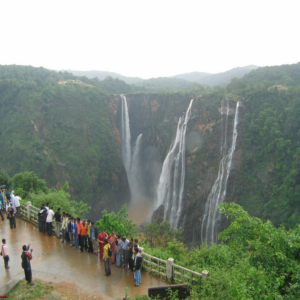

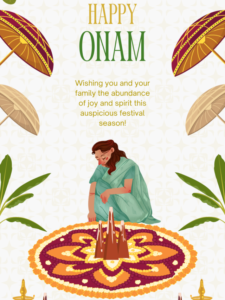



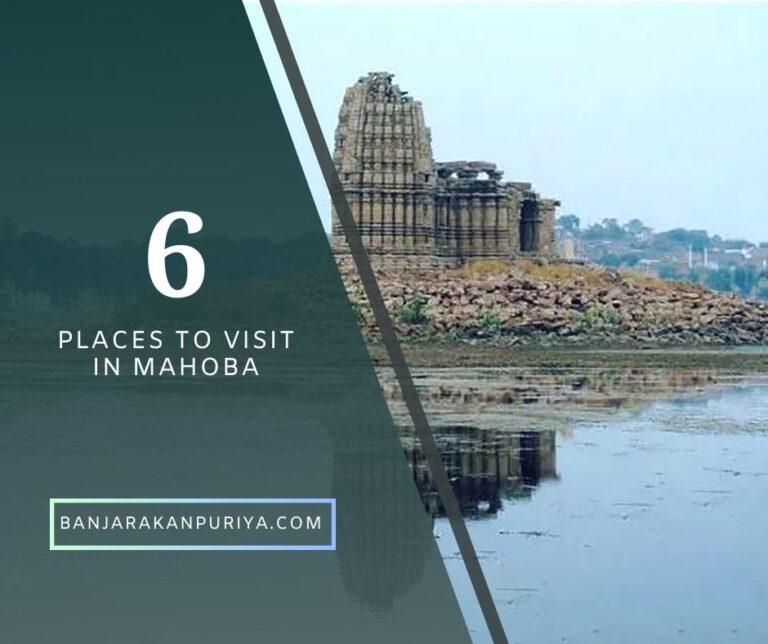




+ There are no comments
Add yours